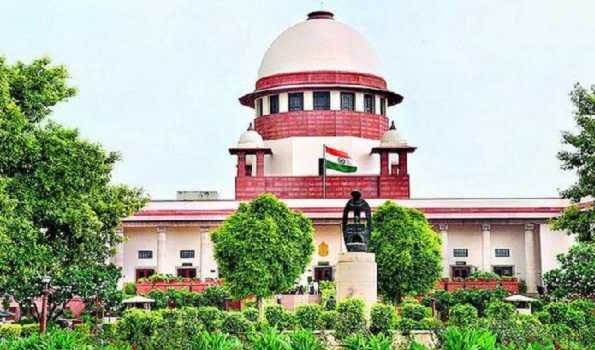New Delhi, Nov 17 (UNI) A dense layer of toxic smog continued to settle over the national capital on Monday morning, with air quality remaining in the ‘very poor’ category across multiple locations, according to the Central Pollution Control Board (CPCB).
At Abdul Kalam Road, the AQI was recorded at 394, indicating severely reduced air quality as the smog layer persisted through the morning hours.
Anand Vihar showed heavy smog lingering over the area, where the AQI stood at 383, also classified as ‘very poor’.
In the Ghazipur area, the area was blanketed in thick smog, with the AQI recorded at 369, falling under the ‘very poor’ category.
Similar conditions were reported from the Akshardham area, where the AQI touched 382.
The areas around India Gate and Kartavya Path remained covered in a thick blanket of pollution. The AQI here registered a reading of 341, continuing the pattern of poor visibility and hazardous air.
As per CPCB classification, an AQI between 0-50 is considered ‘good’, 51-100 ‘satisfactory’, 101-200 ‘moderate’, 201-300 ‘poor’, 301-400 ‘very poor’, and 401-500 ‘severe’.
Following the deteriorating air quality in the national capital, the Graded Response Action Plan (GRAP) III was implemented on November 11 across the National Capital Region (NCR) by the Commission for Air Quality Management (CAQM). The measures aim to control emissions through stricter restrictions on construction, vehicular movement and industrial operations.
Under GRAP-III, curbs include a ban on most non-essential construction activities, restrictions on BS-III petrol and BS-IV diesel four-wheelers, suspension of classes for students up to Class 5 with a shift to hybrid or online learning, curbs on industrial operations dependent on non-clean fuel, and a ban on non-emergency diesel generator sets.











